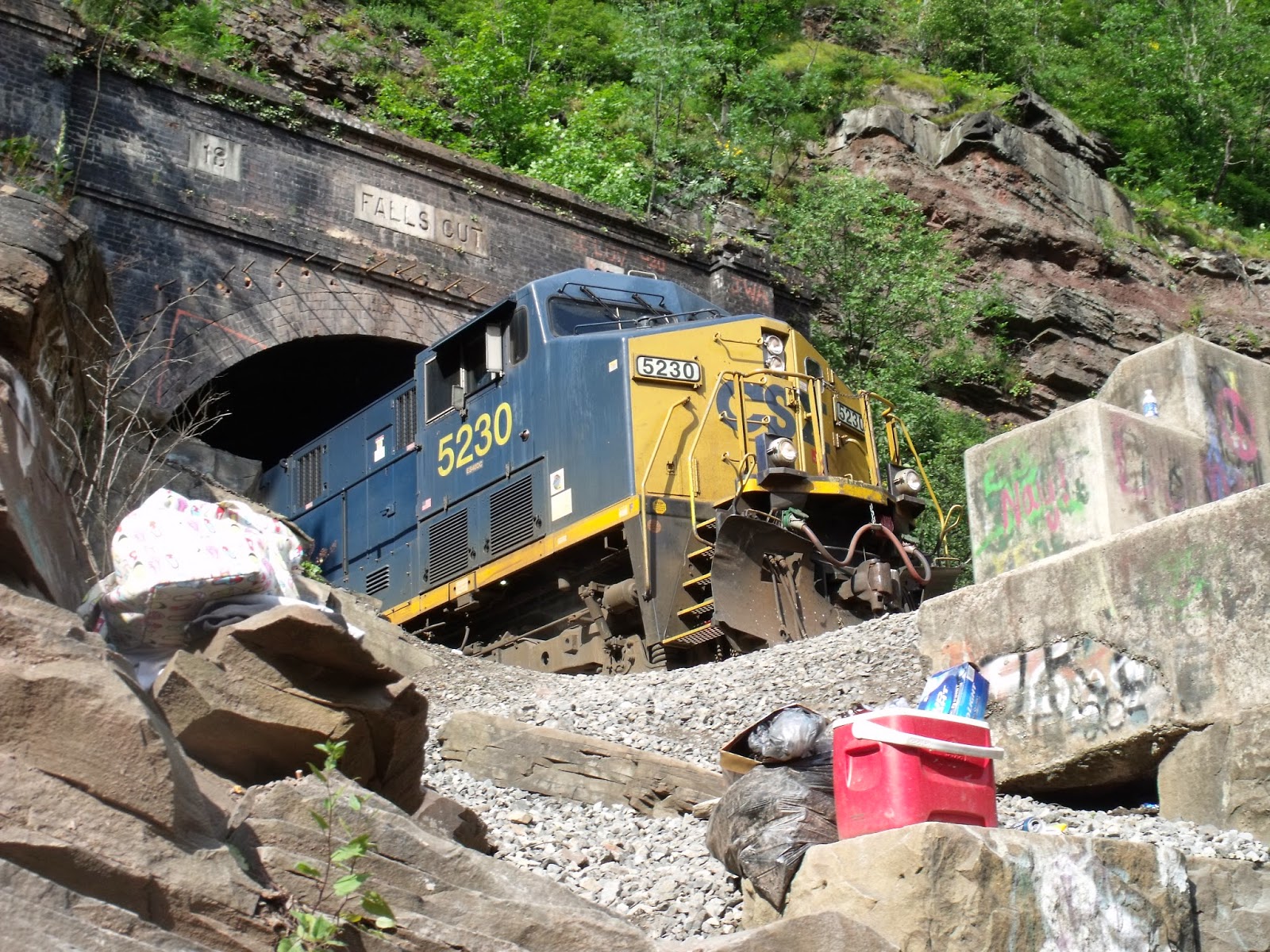Frick's Lock is a modern day ghost town located near Pottstown, PA. The land for Frick's Lock was acquired from a local farmer, John Frick, in the early 1800's. The village hosted 2 canal locks, #54 and #55, along the Schuylkill River. Like so many canal towns, it then adapted to host a railroad once the canals became obsolete. Frick's Lock would then meet its slow economic downfall after Conrail was formed in 1976.
In the 1960's PECO, Philadelphia Electric Company, started to form a nuclear power plant across the Schuylkill river, and in 1986, before the station went online the residents of Frick's Lock had to
move. Some say the residents were bought out and relocated, others say they were only given a 48 hour eviction notice. Either way, the homes were all boarded up and left standing stuck in time.
Remains of about 10 buildings still stand in the ghost town. The oldest being a house from 1757, A
barn from 1824, and the Lock tenders house built-in 1817. The property of Frick's Lock now belongs to PECO's successor the Exelon Corporation. Guided tours of the historic town occurred in 1997, 2000, 2002, and 2003. No other plans for tours have been arranged or made since.
As of 2011, The East Conventry Twp. partnered with Exelon to preserve and protect the area. Plans to stabilized and rehabilitate the area are in progress. Due to his popularity as a ghost town, it has attracted many curious tourists and vandals. Vandalism hit its peak when arson was committed to one of the larger homes in Frick's Lock.The town can be reached by traveling about 4 miles south-east from Pottstown, PA on Rt. 724. The area is now patrolled by Exelon security staff and violators of trespassing can expect a hefty fine.

 Just east of Fair Hope is a Tunnel
called Falls Cut. The tunnel leads to a bridge that spans a swimming
hole. The swimming hole has a nice formation of cliffs where locals
and travelers like myself have gone to jump and swim in the water.
Unfortunately when a few friends and I arrived it was like so many
swimming holes, lined with graffiti with trash all around. It was fun
however to climb the waterfall of rocks below the bridge and watch
the trains pass overhead.
Just east of Fair Hope is a Tunnel
called Falls Cut. The tunnel leads to a bridge that spans a swimming
hole. The swimming hole has a nice formation of cliffs where locals
and travelers like myself have gone to jump and swim in the water.
Unfortunately when a few friends and I arrived it was like so many
swimming holes, lined with graffiti with trash all around. It was fun
however to climb the waterfall of rocks below the bridge and watch
the trains pass overhead.












